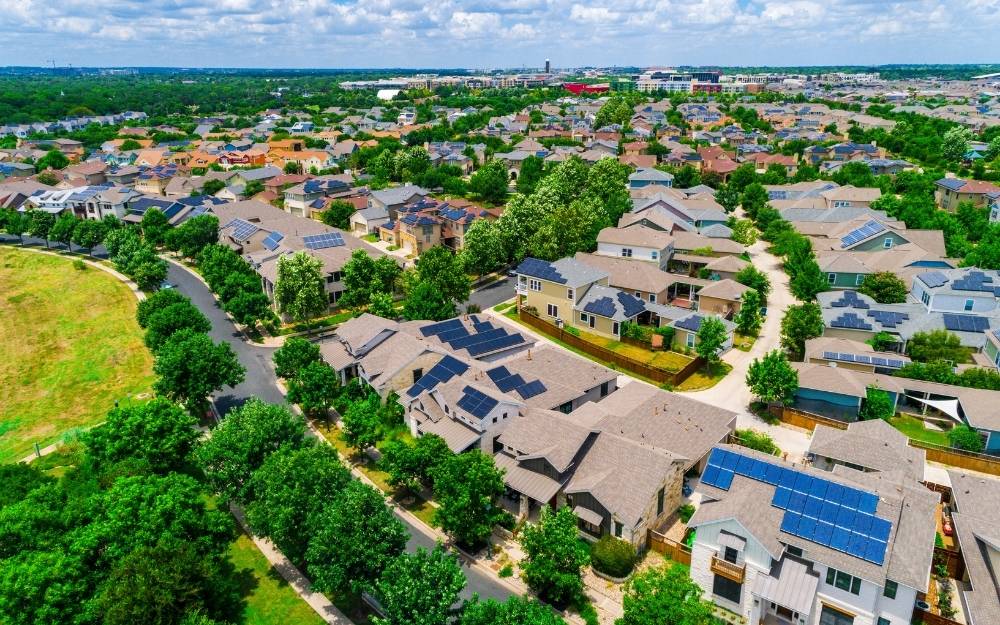As global cities continue to expand, the pressure on resources, infrastructure, and public health grows exponentially. To address these challenges, the concept of urban sustainability has emerged as a guiding principle for modern development. Far from being a buzzword, it’s a blueprint for creating healthier, smarter, and more equitable communities that can thrive in the face of rapid change.
What Is Urban Sustainability?
Urban sustainability is the practice of designing and managing cities in a way that balances environmental health, economic vitality, and social equity. It involves reducing waste, conserving resources, and promoting systems that support long-term resilience and well-being.
A sustainable city doesn’t simply focus on reducing its carbon footprint—it reimagines the way people live, move, and interact with their environment. It’s about clean energy, accessible housing, efficient public transport, and a strong sense of community.
The Health Benefits of Sustainable Cities
Cities designed with sustainability at their core contribute directly to public health improvement. Urban environments that prioritize clean air, green spaces, and active transportation options such as walking and cycling see lower rates of chronic diseases and mental health issues.
Key health benefits include:
- Cleaner air quality through reduced emissions and increased green cover.
- Active lifestyles supported by walkable streets and accessible parks.
- Improved mental well-being from access to nature and community engagement.
- Better nutrition through local, sustainable food systems.
By integrating environmental health with urban planning, cities can reduce healthcare costs while improving quality of life—a dual win for people and policymakers alike.

Smart Cities: The Next Step in Sustainable Urban Growth
Sustainability and technology are now deeply intertwined. Smart cities use data-driven solutions to optimize resources, reduce waste, and improve the efficiency of urban systems. From intelligent traffic management to energy-efficient buildings, these innovations help cities operate more sustainably while enhancing residents’ daily experiences.
Examples of smart sustainability include:
- IoT-enabled energy grids that reduce consumption and monitor performance in real time.
- Smart waste management systems that improve recycling rates and minimize landfill use.
- Urban sensors that track air quality and provide public data for community awareness.
When sustainability meets smart technology, the result is a city that’s not just efficient—but also adaptive and inclusive.
Sustainability as a Foundation for Equity and Inclusion
True urban sustainability extends beyond environmental and technological aspects—it also focuses on social inclusion. Access to affordable housing, reliable public transport, and green public spaces are essential components of a sustainable urban ecosystem.
Cities that prioritize inclusivity ensure that no one is left behind, including vulnerable populations such as the homeless or low-income residents. Programs that integrate housing stability, social support, and community design are vital to ending street sleeping and ensuring every citizen has the opportunity to thrive.
A sustainable city is not defined by its skyline but by its commitment to human dignity and shared prosperity.
Building a Healthier, Smarter Urban Future
The shift toward urban sustainability isn’t optional—it’s imperative. As climate change intensifies and populations swell, cities that fail to adapt risk falling behind in both livability and resilience. The future belongs to green, connected, and inclusive cities that embrace innovation and community-driven design.
Urban sustainability is more than a planning philosophy—it’s a movement toward balance, where people and the planet can coexist in harmony. Through sustainable design, smart technology, and equitable development, we can build cities that don’t just house people but nurture their potential.



